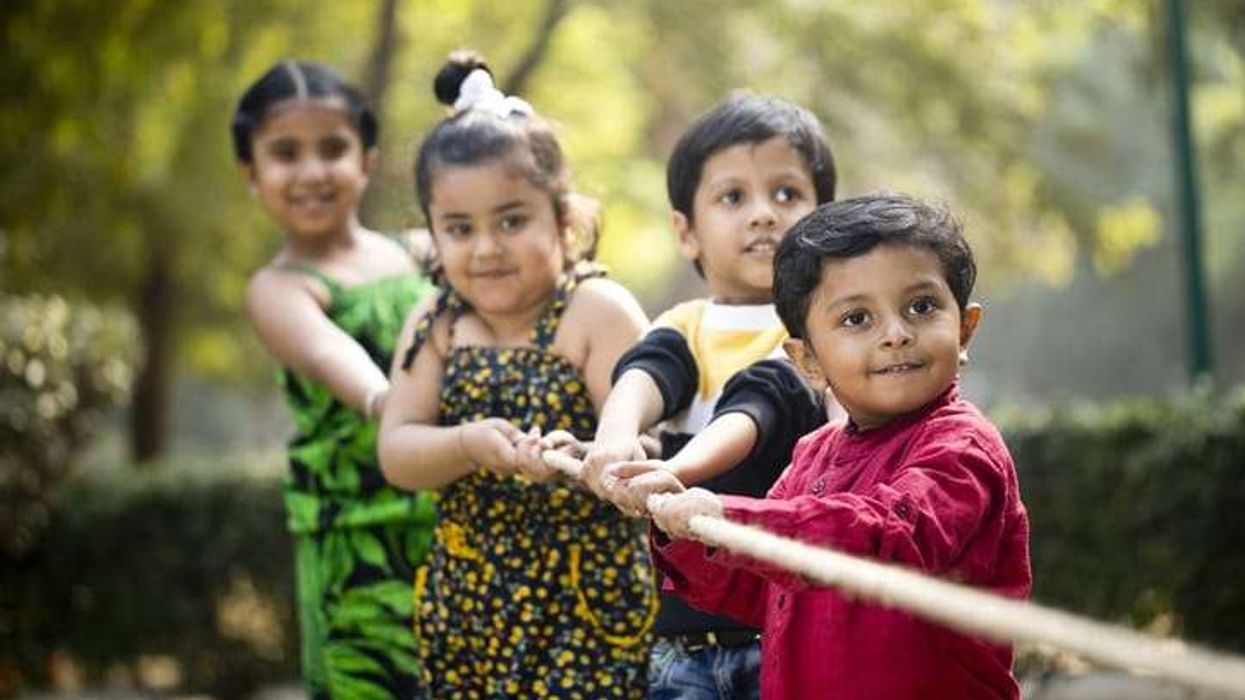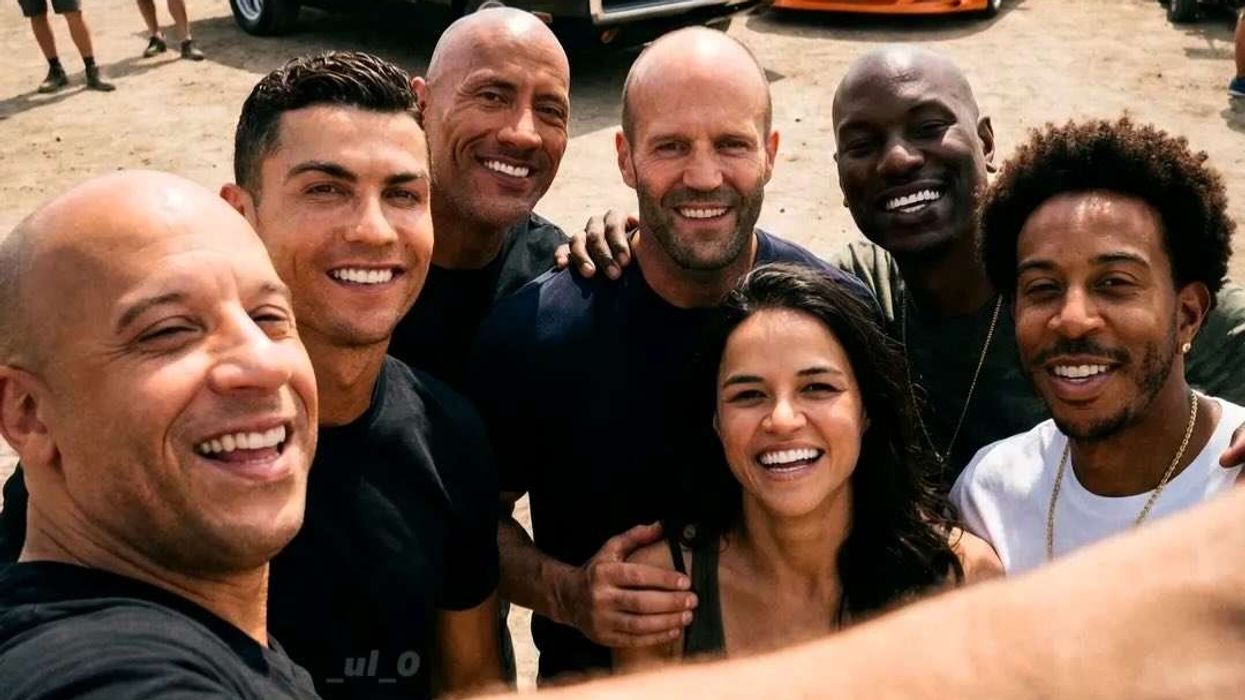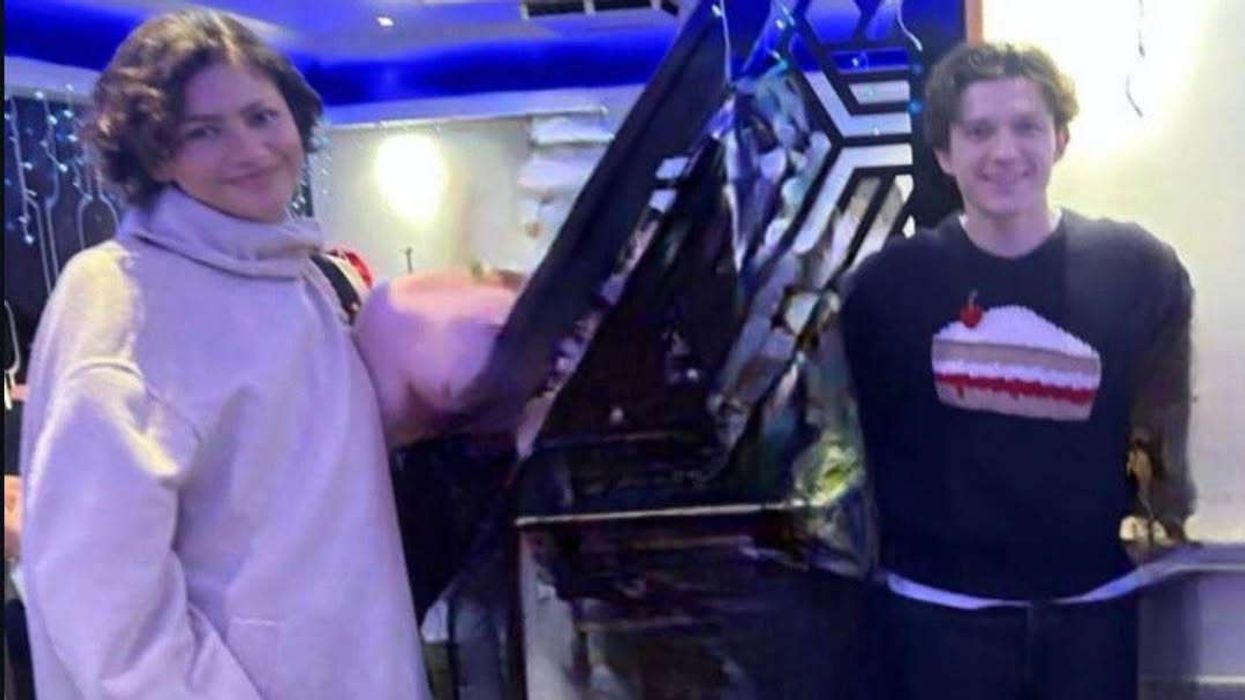By Nadeem Badshah
MORE awareness needs to be raised in the Asian community about the skin condition vitiligo to tackle the damaging stigma, campaigners said.
The condition, in which pale white patches develop on the skin caused by a lack of the pigment melanin, is common among south Asians. It affects mainly the face, neck and hands and the most common type is believed to be linked to problems with the immune system and can be genetic.
Shireen Jamil, a campaigner on addressing domestic violence, said she developed the condition aged 60 due to stress.
She told Eastern Eye: “It happened a week after Shireen’s Law was passed in 2015, because my immune system had collapsed, and even though my face was broken four times, nothing has affected me the way vitiligo has.
“It is prevalent among Asians, and it is so disfiguring that in India and Pakistan, those who have it are literally treated as if they have leprosy.
“I love the colour of my skin, just not what’s happened around my eyes.”
Shireen, whose daughter is model and actress Jameela Jamil, added: “I was agoraphobic before then, since developing it, but now I can’t and won’t look into a mirror. I feel like a monster, and nothing and no one can convince me I don’t look like one.
“It’s destroyed the last vestige of self-confidence I had, and there’s nothing I wouldn’t do to make it go away.
“It’s something that Asian people, in particular, are prone to get and is far more noticeable on our skin tone than on white skin but it’s very rare to develop it not as a child, but at 60, especially, when it’s not hereditary.
“People who have vitiligo have killed themselves owing to the distress it causes them, so it’s definitely a mental health problem, for which therapy is needed.
“Only those who have it can relate to the acute psychological distress it causes in us.”
According to the NHS, vitiligo may be triggered by stressful events, skin damage such as severe sunburn or cuts and exposure to some chemicals.
Some south Asian families in the UK avoid giving their children fish with dairy in the same meal as they believe it can trigger the skin condition.
Dr Mahendra Patel, a senior member of the South Asian Health Foundation, told Eastern Eye: “It doesn’t necessarily go in the family genetically, it can skip generations. It is something people worry about as it affects their appearance.
“Concerns are ‘is my children going to get it, are their children going to get it?’ that is part of the stigma along with the impact on marital status for younger people.
“There needs to be wider awareness in the community, it is not a disease that can spread and (remarks like) ‘what is it?’ alienates people with vitiligo.”
A study in the British Journal of Dermatology in 2010 looked at the stigma experienced by British Asian women with vitiligo.
Researchers found that among people with the condition, “avoidance and concealment were commonplace. Experiences of stigmatisation were often perceived to be associated with cultural values related to appearance, status, and myths linked to the cause of the condition.”
The study on the condition suggested that along with offering therapy, “there may be a need for community interventions aimed at dispelling myths and raising awareness of sources of support and treatment.”
Ninu Galot, an entrepreneur from London, was diagnosed with vitiligo aged 11. The property manager now travels the world giving speeches and does modelling to inspire people.
Galot, a spokeswoman for the Vitiligo Society, said: “Entering a fitness competition in London was the best thing I ever did.
“When I was on stage, I embraced my vitiligo and showed it off. I finally felt free and the vitiligo no longer had any hold over me. It was then that I decided to speak about my challenges with vitiligo and to help others.
“Acceptance and letting go was the hardest thing with vitiligo,” the entrepreneur added.











